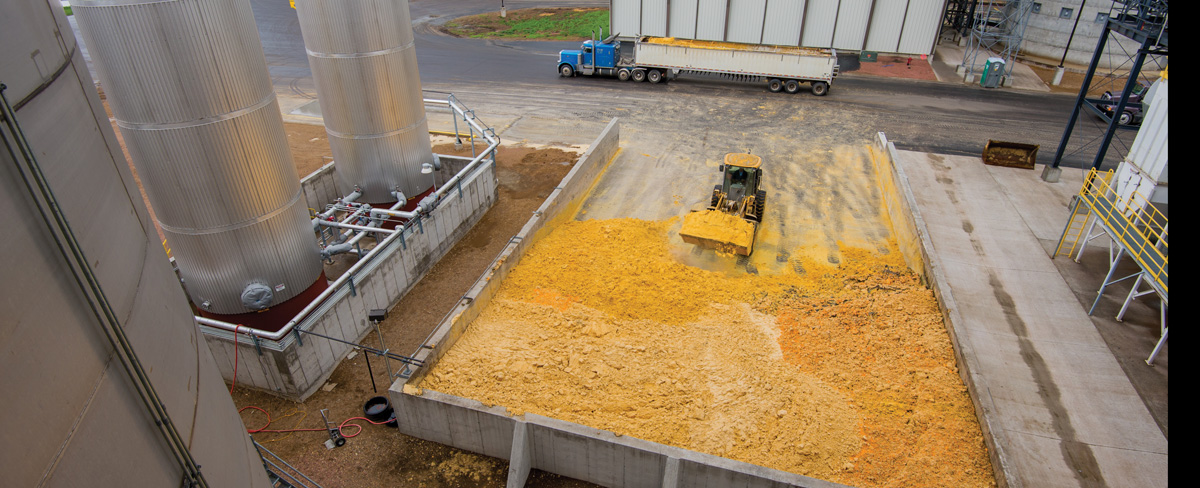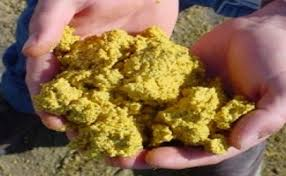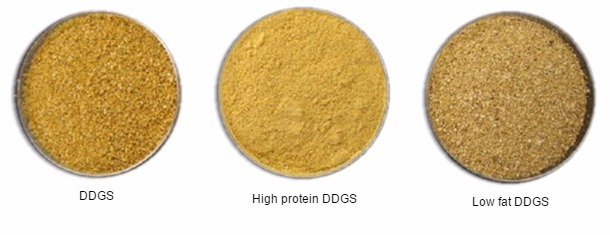

Ibiocat Teams with

Distillers dry grains with solubles (DDGS) and wet distillers’ grains (WDG) are the major co-products from cereal ethanol distillation process. In the U.S., these co-products are readily available from beverage alcohol distilleries and corn fuel ethanol dry grind plants with the latter supplying today the majority of DDGS & WDG for animal feed uses. DDGS consist primarily of the evaporated liquid stillage concentrate that is combined with unfermented grain residues (protein, fibers, fat) and dried to a final moisture content of 10-12%. WDG typically contains the unfermented fiber grain residues that is dried to approximately 70% moisture. For this reason, DDGS are traded as a global commodity with extended shelf life while WDG has a limited shelf life so is only used within a narrow distance from the production facilities. The compositional analysis of the DDGS and WDG primarily focuses on defining their nutritional characteristics. Typical published analysis for DDGS report a moisture content in the range of 8 – 12 %; protein, 25 – 28 %; ether extractables, 6 – 10 %; crude Fiber; 8 – 10 %; and an ash content of 4 – 5 % (Ref1). Other recent analysis for DDGS have reported crude protein as the largest component in range of 30-32 %; crude fat in range of 10-12 %; crude fiber in 8-10 %; starch in range of 3-5 %; and ash content in range of 4-6 % (Kim et al, 2008). The composition of WDG was reported in a recent study to have a dry matter in range of 35 %; crude protein, 36.6 %; ether extractables, 9.6 %; a glucan content of 18.5 % (cellulose 12.6; starch 5.9); hemicellulose content of 20.9 % (xylan 14.9% and arabinan of 5.5%) and an ash content of 2.0%. A total combined carbohydrate of 48.2 % was reported for this material (Liu, 2011). For both DDGS and WDG, feed analytical procedures report the carbohydrate fraction as ADF and NDF.
Great variations in the published analytical results are due to moisture content and analysis used and sample preparation methods. The processing of stillage wet cake, WGS and DDGS requires the development and implementation of cost-effective analytical tools that provide material balance determinations to enable technoeconomic modeling of processing options. The current analytical methods in use at corn dry mills do not provide detailed compositional analysis for the carbohydrate fraction. Once that is completed there is the option of looking at opportunities for additional processing to higher value-added products.
Ibiocat and Celignis have teamed up to provide the corn ethanol industry with assistance to asses process options for value-added opportunities from DDGS. After the initial compositional analysis of the stillage wet cake and DDGS is completed by Celignis, Ibiocat can consult with an ethanol producer on processing options. This can be followed by more in-depth research to asses additional processing that can be used to treat and separate the different fractions to increase potential revenue from value addition. Celignis will continue to provide timely analytical support throughout the project to insure that the analytical results are consistent and to determine the impact of processing on stillage and DDGS composition. Celignis and Ibiocat will provide a cost estimate package for the initial analysis and feasibility study. The work will be carried out at Celignis lab in Limerick Ireland and Ibiocat lab located at the U of Illinois Research Park EnterpriseWorks. -Cost effective analysis (Celignis) -Options for conversion of stillage, DDGS, DGS and wet mill corn fiber at existing ethanol plants to ethanol for RINS credit (Renewable Identification Numbers) (ibiocat) -Option to convert to other high value-added feed and/or fermentation products (ibiocat)
References 1) Y. Kim et al. Composition of corn dry-grind ethanol by-products: DDGS, wet cake, and thin stillage. Bioresource Technology, 2008, 99: 5165–5176. 2) K. Liu. Chemical Composition of Distillers Grains, a Review. J. Agric. Food Chem., 2011, 59 (5): 1508–1526.


